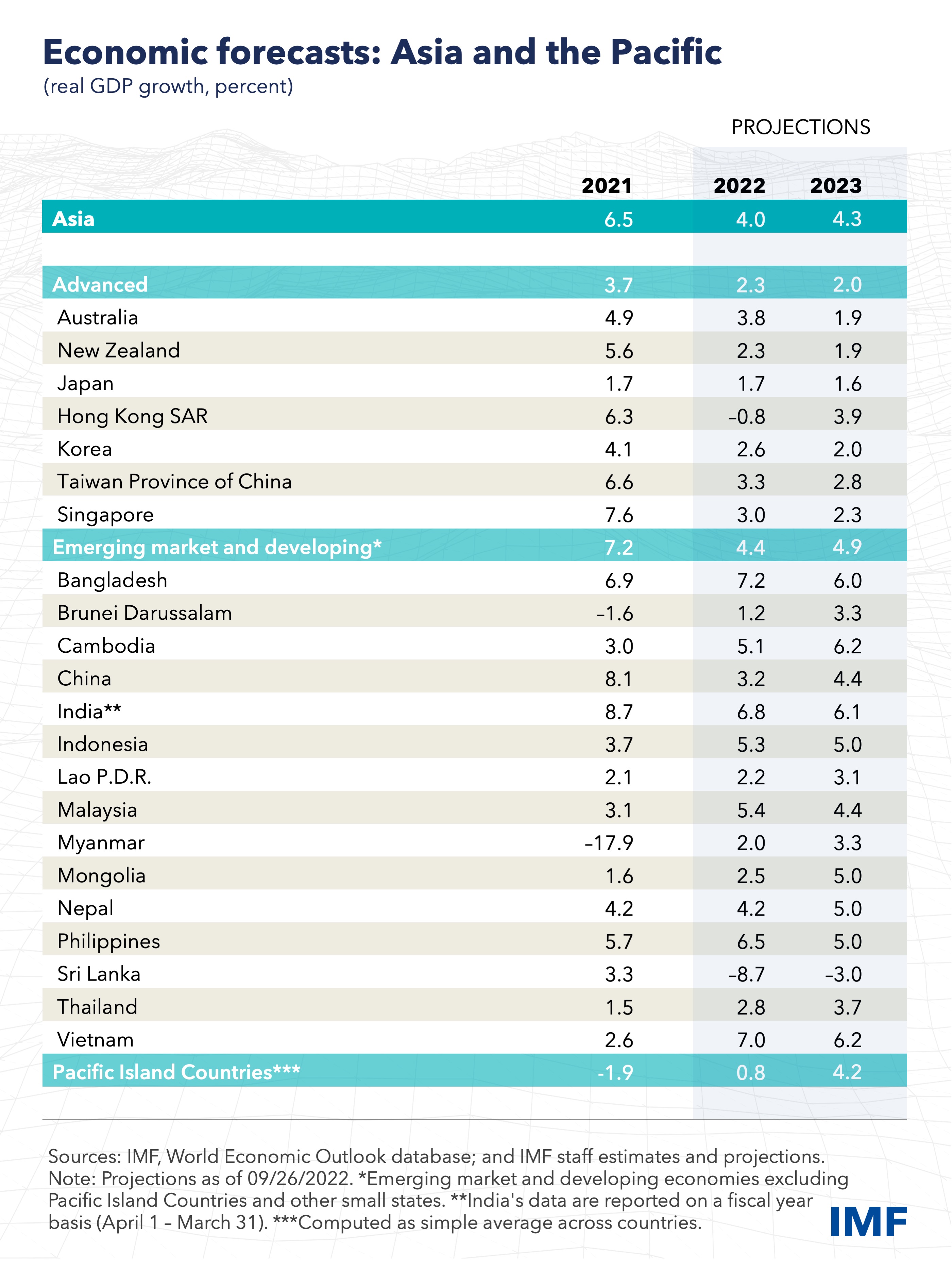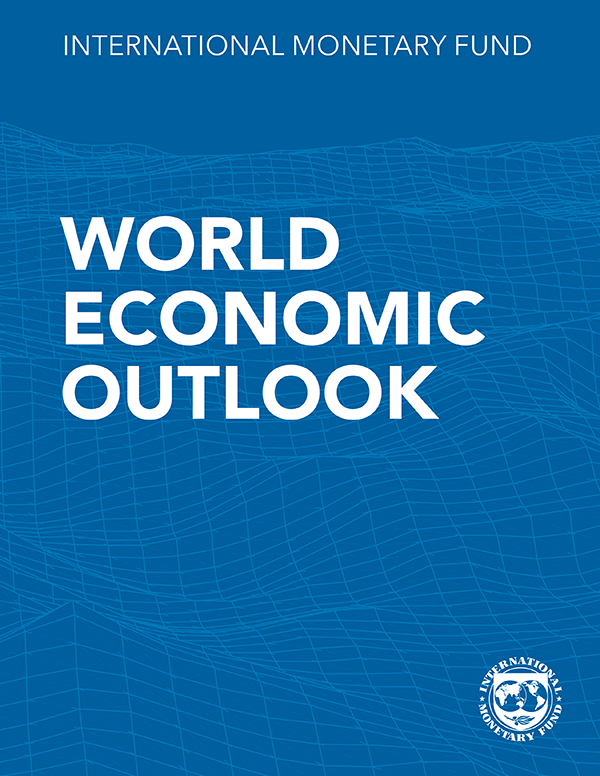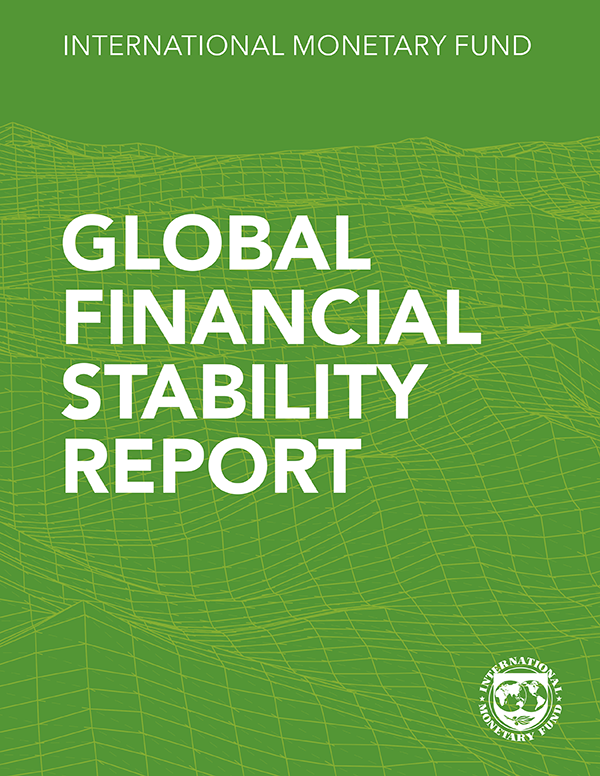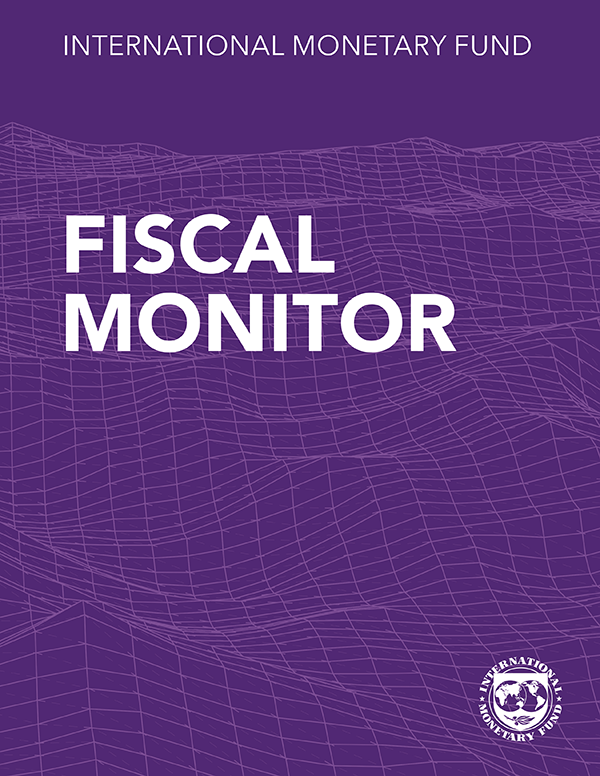Regional Economic Outlook for Asia and Pacific, October 2022
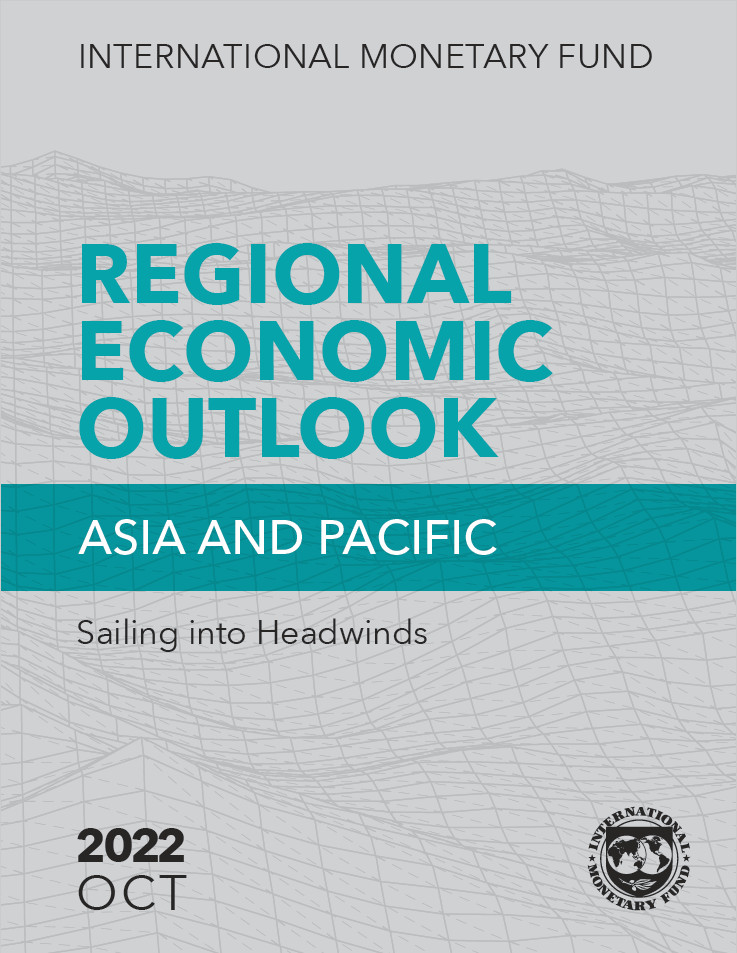
After the strong rebound of 6.5 percent posted in 2021, growth in Asia and Pacific is expected to moderate to 4.0 percent in 2022 amid an uncertain global environment and rise to 4.3 percent in 2023. Inflation has risen above most central bank targets, but is expected to peak in late 2022. As the effects of the pandemic wane, the region faces new headwinds from global financial tightening and an expected slowdown of external demand. While Asia remains a relative bright spot in an increasingly lethargic global economy, it is expected to expand at a rate that is well below the average rate of 5½ percent seen over the preceding two decades. Policy support is gradually being withdrawn as inflation rises and idle capacity is utilized, but monetary policy should be ready to tighten faster if the rise in core inflation turns out to be more persistent. The region’s rising public debt levels call for continued fiscal consolidation, so interventions to mitigate global food and energy shocks should be well targeted, temporary, and budget neutral. Structural reforms are needed to boost growth and mitigate the scarring that is expected from the pandemic, especially making up for lost schooling through investments in education and training, promoting diversification, addressing the debt overhang from the pandemic, and harnessing digitalization. Strong multilateralism—including through international organizations, the Group of Twenty and regional processes—will be needed to mitigate geo-economic fragmentation and deliver much needed progress on climate change commitments.

Chapter 1: Outlook for Asia and Pacific: Sailing into Headwinds
After the strong rebound of 6.5 percent posted in 2021, growth in Asia and Pacific is expected to moderate to 4.0 percent in 2022 amid an uncertain global environment and rise to 4.3 percent in 2023. Inflation has risen above most central bank targets, but is expected to peak in late 2022. As the effects of the pandemic wane, the region faces new headwinds from global financial tightening and an expected slowdown of external demand. While Asia remains a relative bright spot in an increasingly lethargic global economy, it is expected to expand at a rate that is well below the average rate of 5½ percent seen over the preceding two decades. Policy support is gradually being withdrawn as inflation rises and idle capacity is utilized, but monetary policy should be ready to tighten faster if the rise in core inflation turns out to be more persistent. The region’s rising public debt levels call for continued fiscal consolidation, so interventions to mitigate global food and energy shocks should be well targeted, temporary, and budget neutral. Structural reforms are needed to boost growth and mitigate the scarring that is expected from the pandemic, especially making up for lost schooling through investments in education and training, promoting diversification, addressing the debt overhang from the pandemic, and harnessing digitalization. Strong multilateralism—including through international organizations, the Group of Twenty and regional processes—will be needed to mitigate geoeconomic fragmentation and deliver much needed progress on climate change commitments.

Chapter 2: Medium-Term Output Losses after COVID-19 in Asia: The Role of Corporate Debt and Digitalization
The COVID-19 crisis has opened deep economic scars in the Asia and Pacific region that are unlikely to heal even in the medium term. The first section of this chapter documents the expected magnitude of output losses and sheds light on the factors contributing to this phenomenon, highlighting the role of lower investment, employment, and productivity growth. Next, the chapter does a deep dive into the factors that are especially relevant for Asia in influencing the magnitude of output losses. First is the high level of nonfinancial corporate debt in Asia, which is expected to drag investment down in the medium term. Second is the role of education losses and the decline in fertility in reducing labor growth in the long term. Finally, the chapter focuses on policies to mitigate these scarring effects. Although reform priorities will depend on country-specific circumstances, tackling the corporate debt overhang and mitigating human capital losses will be key for many countries in the region. In addition, digitalization has emerged as a focus area in the aftermath of the pandemic, and faster adoption can boost productivity and improve resilience.

Chapter 3: Asia and the Growing Risk of Geoeconomic Fragmentation
Trade has been an engine of growth for Asia and the world. The rise of geopolitical tensions in recent years—first amid US-China trade tensions and now accelerating in the wake of Russia’s invasion of Ukraine—has brought concerns that this engine of growth could go into reverse as strategic competition and national security considerations take precedence over the shared economic benefits of global trade. This chapter documents early signs of trade fragmentation in the form of rising trade restrictions and uncertainty and provides empirical analyses showing that higher trade policy uncertainty leads to adverse macroeconomic outcomes. Longer-term, model simulations suggest that a sharp fragmentation scenario, in which the world divides into separate trading blocs, would carry large, permanent output losses that are especially high for Asia, given its significant role in global manufacturing and trade. There are also early signs of financial fragmentation, which would add to the costs of fragmenting trade.
Publications

-
September 2024
Finance & Development
- PRODUCTIVITY

-
September 2024
Annual Report
- Resilience in the Face of Change
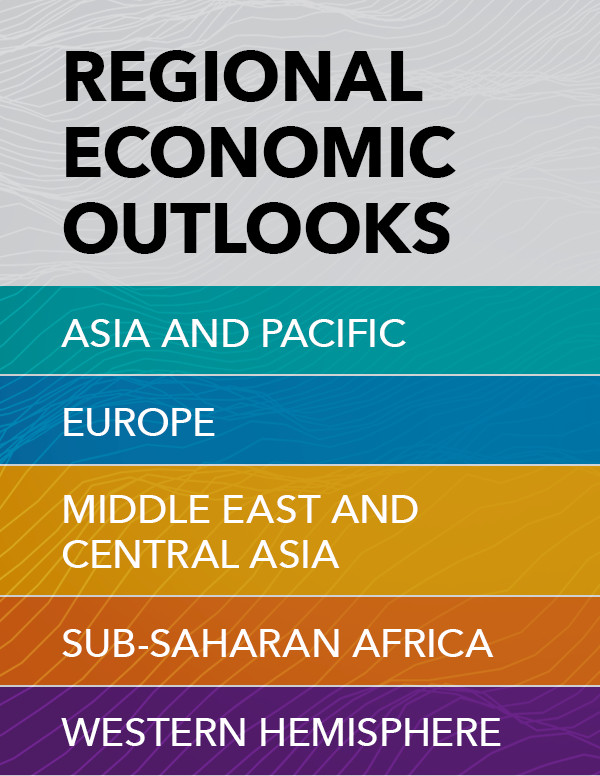
-
Regional Economic Outlooks
- Latest Issues






